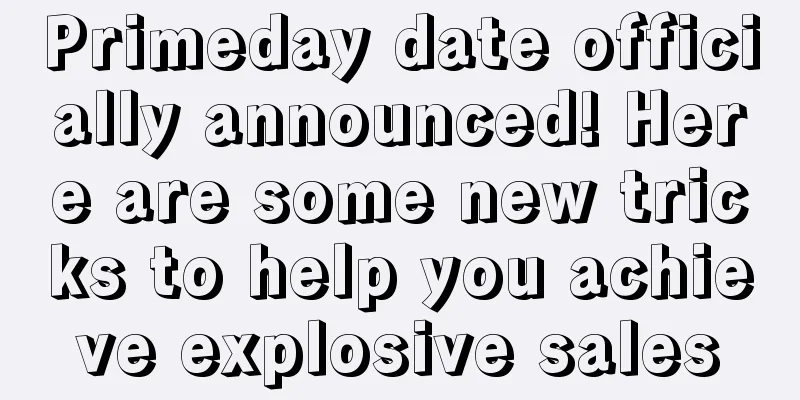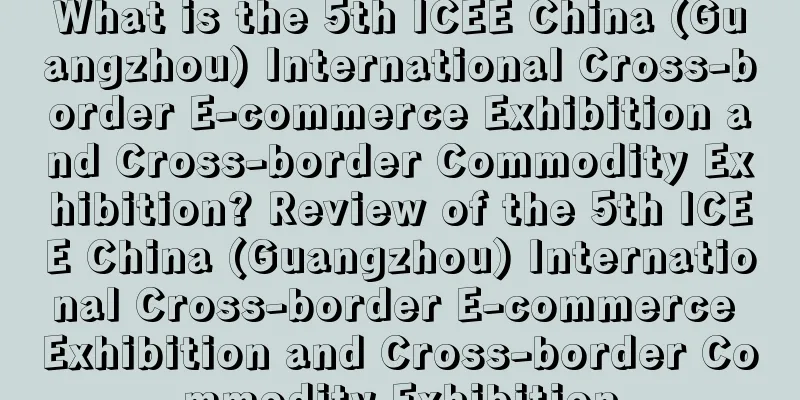Starting from scratch, Shopify's 30-day store tutorial - Day 20
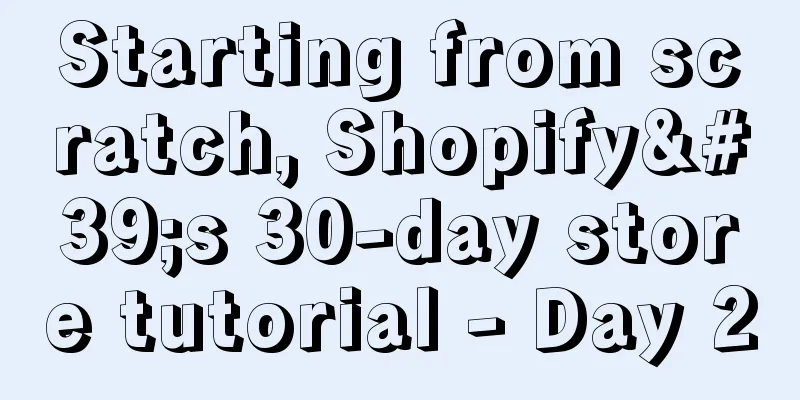
|
Day 20 is here in a blink of an eye. Yesterday we talked about 3 main Shopify mobile optimization tips. Today, let’s talk about 3 pricing strategies that all Shopify sellers should know. Don’t think the span is a bit too big. These are all processes that you need to go through as a Shopify seller. Don’t be impatient, take your time! Before we get into pricing strategies, remember that successful Shopify stores focus on data related to profits, sales, and volume. The more data you have, the more likely you are to make adjustments based on the data, and ultimately see profit growth and success. When pricing Shopify products (purchased from AliExpress or other source websites), many sellers simply multiply the unit price of the product by 2-2.5 times and then sell it. Although it is possible to do so, by adopting the 3 pricing strategies we will mention below, you will be able to find pricing that increases the conversion rate of your Shopify products. 3 Pricing Strategies Every Shopify Seller Should Know Correct product pricing is the key to a successful Shopify store, and the key to pricing is knowing when and how to adjust prices. So what should sellers do? 1. Use the last digit pricing method When pricing your Shopify products, remember to use decimal pricing instead of integer pricing. For example, your product price should be $27.97 instead of $27. You can test a few different price digits to see which are most likely to convert for your audience, such as: $.00 $.50 $.90 $.95 $.97 $.99 You may find that most e-commerce store products have prices ending in $.95-$.99, but this doesn’t mean you don’t need to test other price digits. But no matter what price decimals you choose in the end, don’t forget to use the corresponding price decimals for all product prices in your Shopify store. 2. Test different price points Different pricing will result in different profits, so sellers should also test different price points for different products, which will have a great impact on your store's profits. This is something that many Shopify store owners often overlook. Research has found that only 1/8 of Shopify stores adjust their pricing regularly. So hurry up and adjust your pricing regularly! 3. Adopt a flexible pricing mechanism The lower the product pricing, the better. Remember, your goal is to make a profit, so your pricing needs to be flexible based on some factors. Depending on the type of product and how the current demand (sales) for the product compares to the demand in the previous 1-3 months, the best pricing approach is to increase or decrease the price of the product accordingly this month based on the sales volume in the previous month. For example, if you see a 3% drop in product sales over a 1-3 month period, then the price of your product should also drop by 3% to regain conversions. Finally, you’ll adjust pricing over the three months to find the best price for each product based on the data you’ve collected. That’s all for today’s tutorial. Do you understand all three pricing strategies above? You can leave your comments in the comment section below. *Note: The 30-day Shopify store opening tutorial series from scratch is compiled from https://www.flyingstartonline.com/shopify-basics/. We compiled and shared this article in the spirit of sharing e-commerce practical information with the majority of e-commerce sellers. If there is any infringement, please contact the editor. Day 1: Introduction to Shopify and some basic knowledge of opening a store Day 2: Shopify store setup and logo design Day 3: How to optimize your Shopify store? Day 4: How to find hot-selling products? Day 5 : Automated store management software - ZeroUp Day 6 : Copywriting to improve listing conversion rate Day 7 : Facebook ad copywriting tips Day 8 : 5 preparations before launching a Shopify store Day 9: Basic tutorial on Facebook ad settings Day 10: After getting the first order from the store, you need to do these things Day 11: How to prevent shopping cart abandonment? Day 12: Advanced tutorial on Facebook ad setup Day 13: Shopify store success example Day 14: Teach you how to optimize your store listing Day 15: Daily tasks of running a Shopify store Day 16: 3 Ways to Optimize Shopify Store Conversion Rate Text ✎ Orange/ Statement: When reprinting this article, the title and original text must not be modified, and the source and original link must be retained. |
<<: Starting from scratch, Shopify's 30-day store tutorial - Day 19
>>: Starting from scratch, Shopify's 30-day store opening tutorial - Day 21
Recommend
What's wrong with you, Amazon? The strictest audit in history is coming!
Since 2024, various changes on the Amazon platform...
What is Sellfox? Sellfox Review
Sellfox is a professional Amazon intelligent manag...
Share three very practical Amazon operation tips
1. Regarding Amazon inventory performance, many p...
A review of all the people on Prime Day: carnival for big sellers and misery for small sellers?
<span data-shimo-docs="[[20,"昨天,一年一度的"...
What is Schwab.de? Schwab.de Review
Schwab.de is an e-commerce platform under the Otto...
The United States has raised interest rates again! The US dollar exchange rate has exceeded 7.1
Two days ago, the Federal Reserve announced anothe...
Shopify launches chat tool! Sellers can directly send discount product information to buyers
It is learned that Shopify has launched a chat too...
Amazon has launched another round of large-scale sweeps, and sellers’ listings have been removed from the shelves in batches!
"Scanning your ID twice during peak season&qu...
FBA warehouse epidemic leaked! Did Amazon intentionally conceal it?
Recently, warehouses have obviously had a serious...
What is Amazon Link Renovation? What are the benefits and risks?
What is Amazon Listing Renovation? Amazon listing ...
Inventory is king! FBA inventory has dropped sharply, and some sellers are completely out of stock!
In December of previous years, most sellers were i...
What is AnswerThePublic? AnswerThePublic Review
Using AnswerThePublic can help us get multi-dimens...
What is Trendosaur? Trendosaur Review
Trendosaur is a trending product analysis tool tha...
What is Zoodel? Zoodel Review
Zoodel is a well-known B2B e-commerce platform in ...
What is findlayrowedesigns? findlayrowedesigns review
Findlayrowedesigns is a premium gift shop and bout...
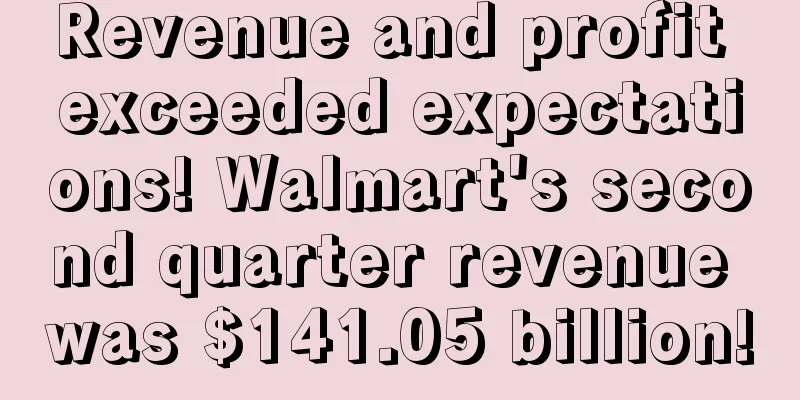
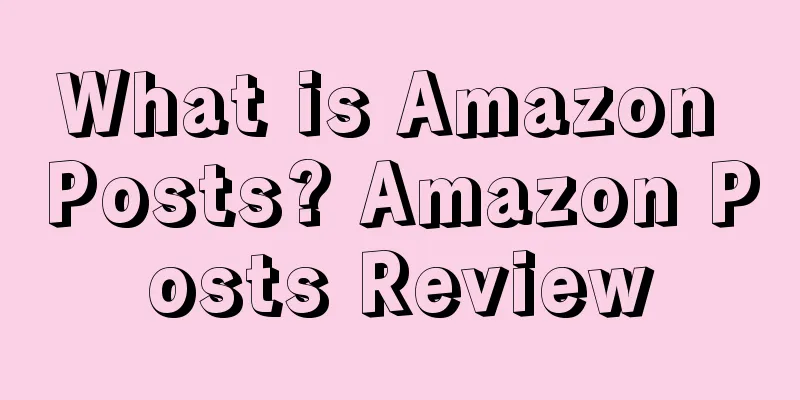


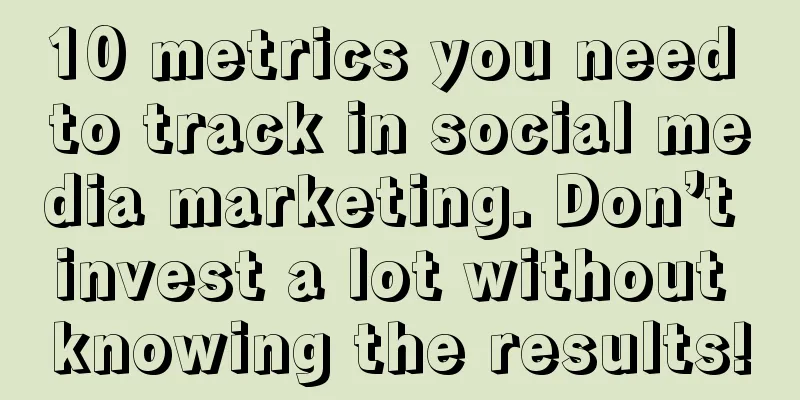


![[For reference only] Analysis of eBay sites](/upload/images/67e6f47c9920e.webp)
